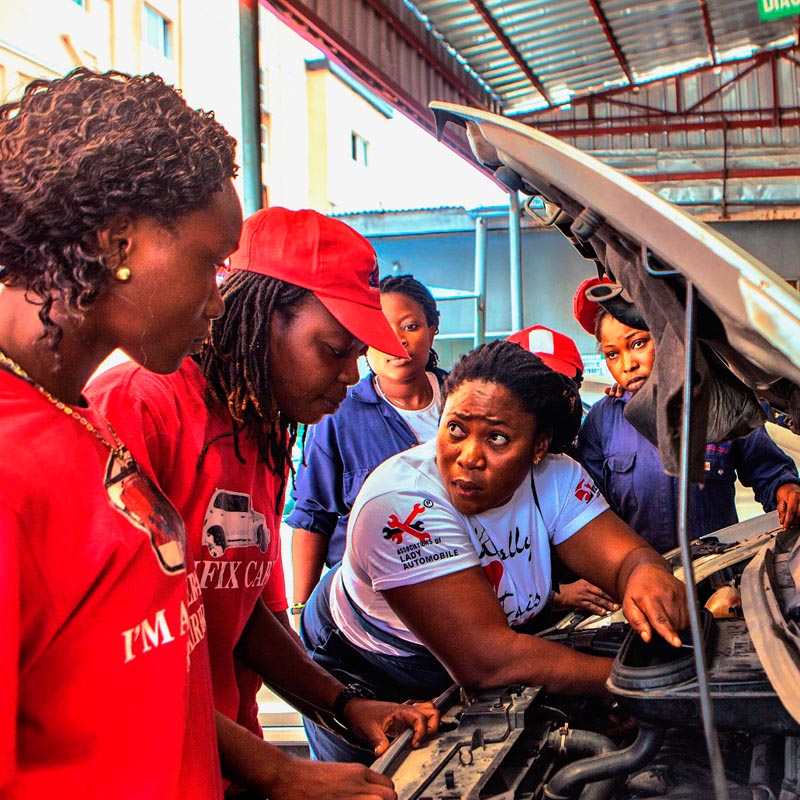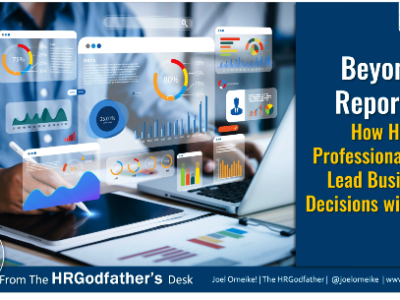RELATED: Bridging gender gaps in Africa’s creative sectors
With only six years to go to Agenda 2030, the end of Women’s Month should spur even more concerted action for accelerated progress. Investing in gender data is an important way to do this.
According to experts, investing in gender data calls for increased focus on the strategic and consistent use of data that is already available to improve the lives of women and girls. This brings to the fore the pressing need for increased knowledge on how to use this data more effectively to propel policy change and the need for sustained political will and stronger and wider collaborations.
At the start of March, more than 130 gender, media, and finance experts from Africa and the Arab States lent their voices to a pre-IWD2024 roundtable discussion dubbed Gender Data: A Secure Investment for Accelerated Progress.
In a departure from the norm, global-facing media practitioners were front and center as discussants on the use of gender data as a driver of progress. This was alongside technical experts from Morocco, Uganda, Senegal, Rwanda, and Cameroon who used relevant country experiences to lead reflections on gender-responsive budgeting (GRB) and the move to a care economy.
“The media plays a critical role in amplifying and elaborating gaps,” said John-Allan Namu, CNN award-winning investigative journalist and Founding CEO of Africa Uncensored, Africa’s only indigenous dedicated investigative journalism media house.
“This is not only crucial for raising public awareness, but for also holding leaders accountable and driving gender-responsive policy change,” said Namu.
Christine Mungai, an Al-Jazeera and CNN journalist based in Kenya who is also a 2018 Nieman Fellow at Harvard University and Lead Curator at Baraza Media Lab has observed an interesting trend with young journalists in particular increasingly investing in gender data for data storytelling.
“By using health-related gender data and gender-based violence (GBV) data, for example on femicide in Kenya, the media is playing a pivotal role in drawing attention to neglected areas of society and exposing gender gaps that urgently need data, policy, and other interventions,” said Mungai.
Hinged on the IWD2024 theme Invest in Women, Accelerate Progress the roundtable teased out persisting challenges in the use of gender data.
“Gender data gaps present a significant challenge in Africa, just as they do globally,” said Pamela Nabukhonzo, Statistics Specialist at the UN Economic for Africa (ECA) Africa Statistics Center.
“These gaps in gender mean that women may be overlooked in policies, decision-making, and development initiatives,” said Nabukhonzo.
Despite remarkable progress, many governments still lack laws and regulations that effectively govern the production and dissemination of gender data and statistics. Many national statistical offices (NSOs) still face technical and financial constraints in using and sometimes even producing adequate and timely data.
Gender data financing is also elusive with the infamous “Three C’s” of the COVID-19 pandemic, climate change and conflicts exacerbating financing gaps by shifting spending, budgeting, and government priorities to the detriment of investment in gender data.
“Although the official development assistance for gender equality has increased every year since 2015, funding for gender data and statistics has fallen by 55 percent compared to the average between 2017 and 2019,” said Krista Jones Baptista, Executive Director at Data 2X, a global gender data alliance.
“This is three times higher than the drop in funding for statistics as a whole,” said Baptista.
However, it is not all doom and gloom.
Countries such as Rwanda, are investing in women by using gender data in the private sector to help companies support gender equality at the workplace and establish more women-friendly workspaces. This is helping to increase women’s productivity and the number of women in private leadership thus contributing to women’s empowerment. For the public sector, gender data has informed the formulation of gender-responsive electoral processes that have helped to more than quadruple the percentage of women district chairpersons (from 6% to 27%).
Morocco’s strength in implementing gender-responsive budgets is an important trump-card in the Government’s priority for gender equality. Now, public spending decisions have more consideration for the needs of women and girls. This is in part thanks to the continued availability and use of gender data for planning partly through the Morocco GRB Center of Excellence (GRB-CE) established by the Ministry of Economy and Finance to promote knowledge across ministries on mainstreaming gender in budgeting and implementation.
Cameroon and Senegal are also using gender data at all levels of government to implement GRB. Senegal is also using time use data (data that analyzes how women and men use their time in a typical day) to shift to a care economy that essentially recognizes the value of unpaid care and domestic work and strives to reduce and compensate it through various policies, including social safety nets such as daycare centers and centers for the elderly.
On its part, Uganda has laws that require ministries, departments, and agencies (MDAs) to demonstrate how their programmes and interventions will or have already addressed gender gaps before they can access the national budget. This has been instrumental in promoting the use of gender data and mainstreaming gender in financing and implementation.
This resonates strongly with good practices such as the African Development Bank (AfDB)’s gender mainstreaming approaches for policy-based lending and budget support as key lending instruments.
“Since the COVID-19 pandemic, many countries have been borrowing from AfDB to offset budget deficits. This has provided an opportunity to incorporate GRB as a best practice”, said Linet Miriti-Otieno, Chief Gender Officer at the African Development Bank.
“AfDB has been working closely with governments to identify gender policy measures and triggers that must be realized for disbursement to take place;” said Miriti-Otieno.
As one of the quick wins for increased use of gender data, experts are pointing to enhanced collaboration between gender data producers and users such as the media, who are key communicators of gender statistics and related information.
“More young journalists are embracing data journalism so there are already great opportunities for collaboration in this area,” said Mungai.
However, some adjustments to the type of data made available are needed.
“More nuanced data that goes beyond raw numbers will be important to better understand the state of women and girls,” said Namu.
“There is a pressing need for gender data that goes beyond raw numbers and that consistently asks “why” to better understand phenomenon,” said Namu.
Gender data should also be more people-centered to sharpen the focus on actual community needs and physical accessibility of gender data should be improved especially in contexts where more traditional or paper-based formats are used. This is part of the big push required to move gender data from the shelf to the decision table.
While agencies such as UN Women and ECA have made substantial technical and other investments in national statistics offices to help modernize systems and grow their capacity to gather gender data and mainstream it in national statistical systems (NSSs), continuous training is needed for government actors as well as producers and communicators of gender data to help ensure the effective use of data to improve the lives of women and girls.





























